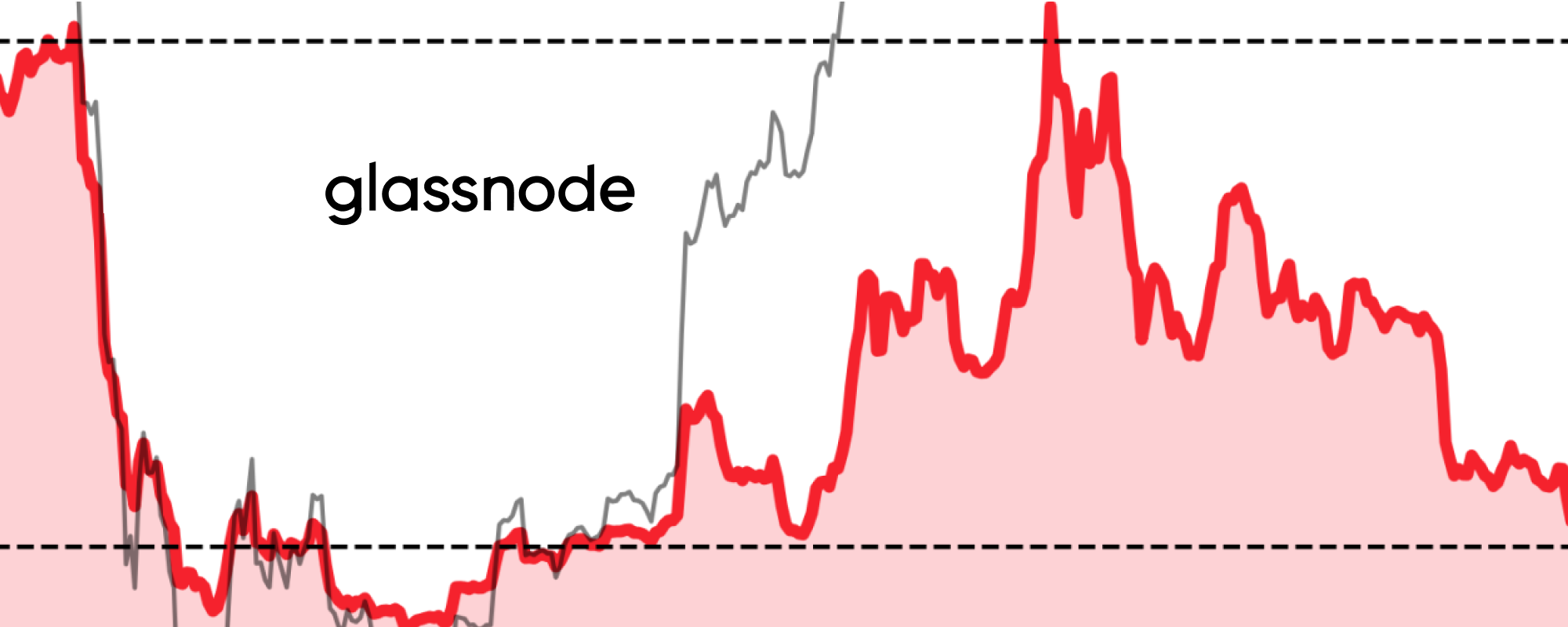Stablecoins' Buying Power over Bitcoin
Introducing the Stablecoin Supply Ratio (SSR)

Dollar–pegged stablecoins have been on the rise since their introduction into the crypto ecosystem, and their adoption is exponentially increasing.
For instance, Tether’s daily on–chain transaction volume on Ethereum soared from $3.6 million in March up to $2 billion in October. Just recently, its cumulative transaction volume surpassed the $100 billion mark.
#Tether adoption on #Ethereum still on the rise: $USDT cumulative on–chain volume just surpassed 100 billion USD.
— glassnode (@glassnode) November 19, 2019
That's an increase of more than 6000% since the beginning of 2019. pic.twitter.com/eoPKG9pEfq
The Role of Stablecoins in Cryptomarkets: A Proxy to Fiat Money
Due to their low price volatility, a major use–case for stablecoins is to serve as a fiat substitute for traders on exchanges. In fact, trading volumes of stablecoins today are higher than those of any other crypto asset.
While USDT trading volume in 2017 amounted to $107 billion, it broke the trillion dollar mark in 2018. Earlier this year, Binance reported that the share of stablecoin volume on their exchange increased from 35% to 60% within a year. According to Coinmarketcap, Tether’s volume this year is higher than Bitcoin’s, and reportedly responsible for up to 80% of trading volumes on major exchanges.
Needless to say, stablecoins have long been established as a cornerstone of the crypto ecosystem. With their dominant role as the primary vehicle for entering and exiting Bitcoin positions, they have corroborated their function as proxy for fiat currency amongst traders. It is therefore evident that they play a crucial role in the supply/demand dynamics of cryptomarkets — which has a direct influence on Bitcoin’s price.
As these coins live natively on the blockchain, we can extract their data and use them as a fiat surrogate to analyse the supply/demand dynamics between Bitcoin and USD.
Stablecoins’ Buying Power for Bitcoin
Generally speaking, the buying power for Bitcoin is defined here as the capacity of stablecoins supply to purchase Bitcoin and thereby drive up the price.
As an example, picture Bitcoin markets as a “closed system” with a fixed supply of stablecoins. If the price of Bitcoin is low, that supply is able to buy a larger portion of the circulating BTC supply and therefore, push the price up — buying power is high.
As the price of BTC goes up, that supply of stablecoins is able to purchase less and less of the BTC on the market which reduces its ability to move the price upwards — buying power is low. At the same time, the resulting lack of liquidity in the stablecoin supply makes it harder for investors in profitable positions to exit.
In order to compensate for the lack of buying power as Bitcoin’s price increases, new fiat money needs to flow into the market, i.e. the supply of stablecoins needs to increase.
The Stablecoin Supply Ratio (SSR)
Understanding these dynamics between BTC and stablecoins — and thus fiat money — is fundamentally important for investors.
We sought to define a simple metric to help quantify the extent of stablecoin buying power and estimate its potential to move the price of Bitcoin: The Stablecoin Supply Ratio (SSR).
For the computation of SSR we calculate the total supply of stablecoins and, in order to understand their collective buying power, denote this amount in BTC. The result is compared to the circulating BTC supply.
More precisely: SSR is the ratio of the Bitcoin supply and the stablecoin supply, denoted in BTC.

The SSR can move up or down by virtue of two factors: Either the price of BTC changes, or the total stablecoin supply changes.
Note: For the calculation of the stablecoin supply we use the aggregate supplies of USDT, TUSD, USDC, PAX, GUSD, DAI, and SUSD.
The following graph shows the resulting SSR since 2018:

Recap & Interpretation
SSR is a metric that can be understood as a proxy for the supply/demand mechanics between BTC and USD.
When the SSR is low, the buying power for Bitcoin is high, as the same amount of USD can buy relatively more BTC — an indicator for the increased potentiality to push the price of Bitcoin higher.
Conversely, a high SSR means fiat has weak buying power. Hence, even when the general sentiment is bullish, it becomes harder to move the price of Bitcoin up — and even creates selling pressure.
The SSR value can be interpreted as the amount of BTC supply that can be purchased with the existing supply of stablecoins. For instance, an SSR of 50 means that stablecoins can potentially buy 1/50 = 2% of the BTC supply.
Needless to say, SSR does not paint the complete picture — after all, it does not take into consideration actual fiat trades or Bitcoin derivates. Moreover, the recency of historic data for SSR means it is unclear how this metric will play out going forward.
Nonetheless, the available data already yields interesting patterns. With the immense increase in stablecoin adoption, we believe it will become more meaningful and robust as time progresses.
It is certainly a metric we will continue to observe closely and evaluate carefully.
The Stablecoin Supply Ratio is now available on Glassnode Studio and through our API.


All analyses in this article were done using data from Glassnode Studio. For API access to this data visit the Glassnode API page.
- Follow us and reach out on Twitter
- For on–chain metrics and activity graphs, visit Glassnode Studio
- For automated updates about on–chain activity on exchanges, visit our Glassnode Alerts Twitter
Disclaimer: This report does not provide any investment advice. All data is provided for information purposes only. No investment decision shall be based on the information provided here and you are solely responsible for your own investment decisions.

